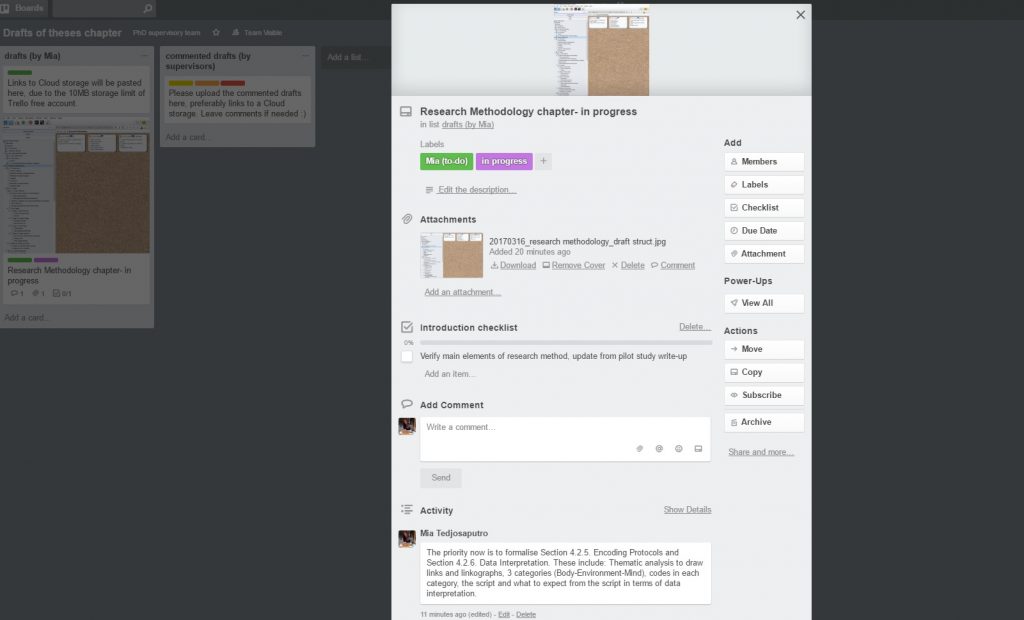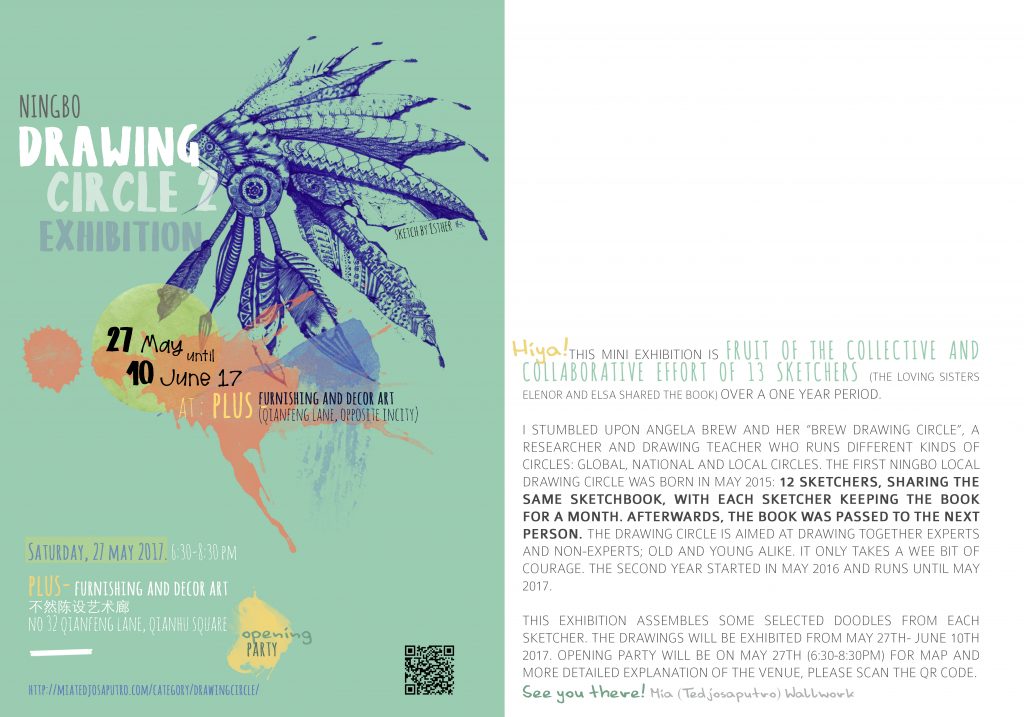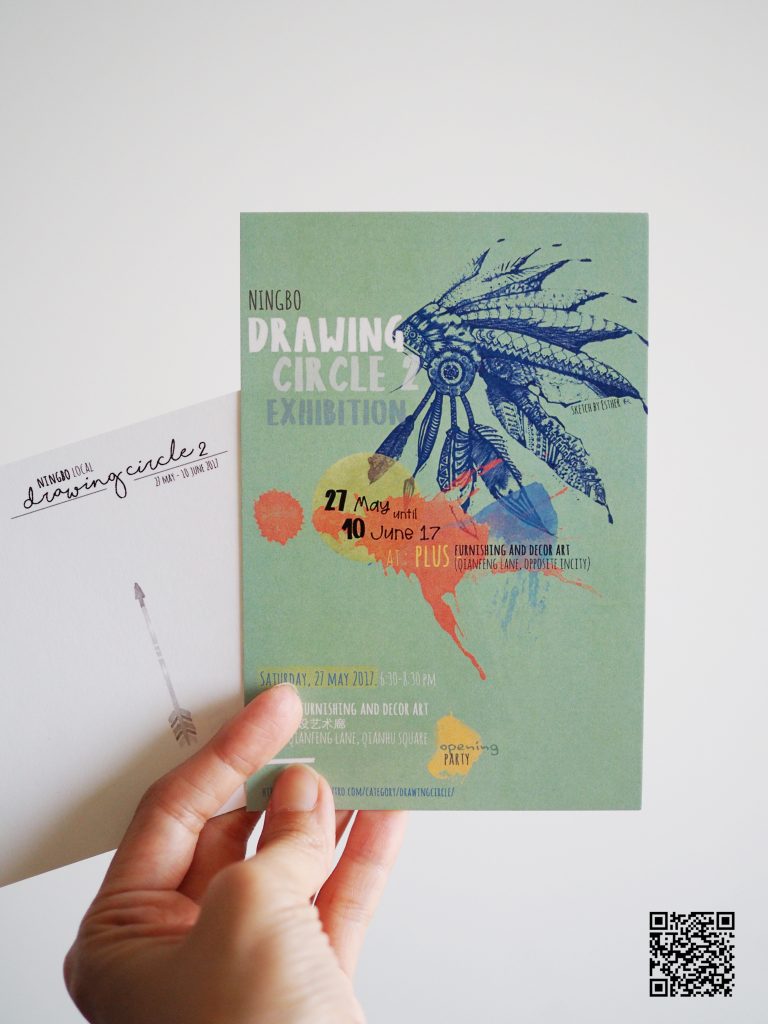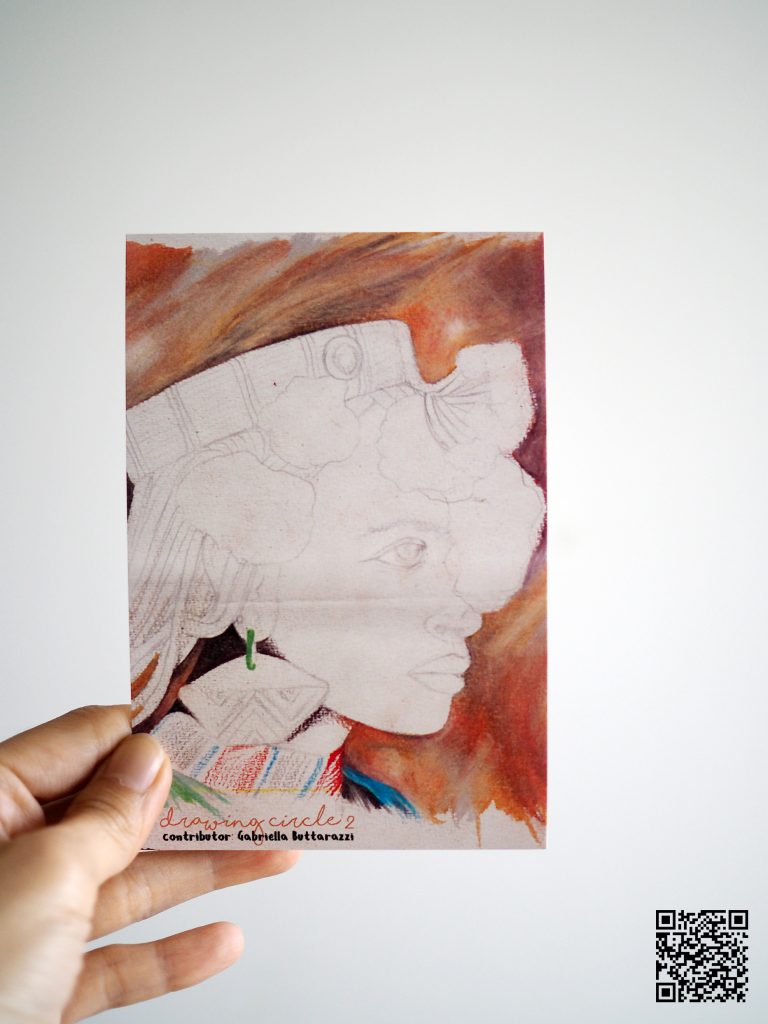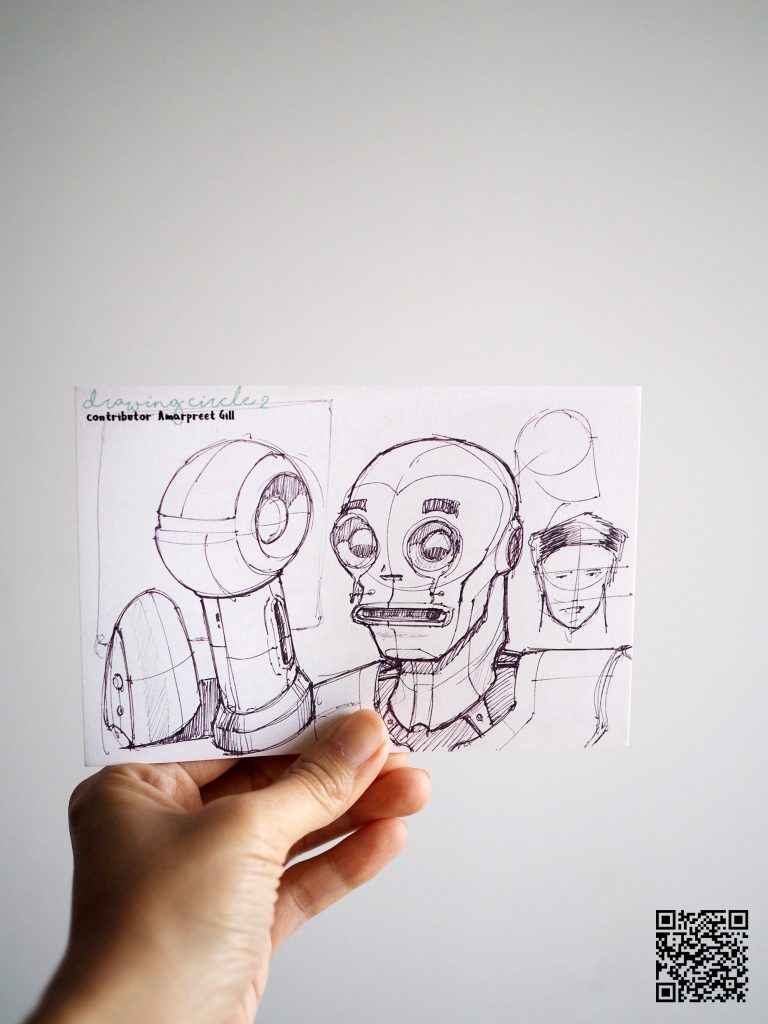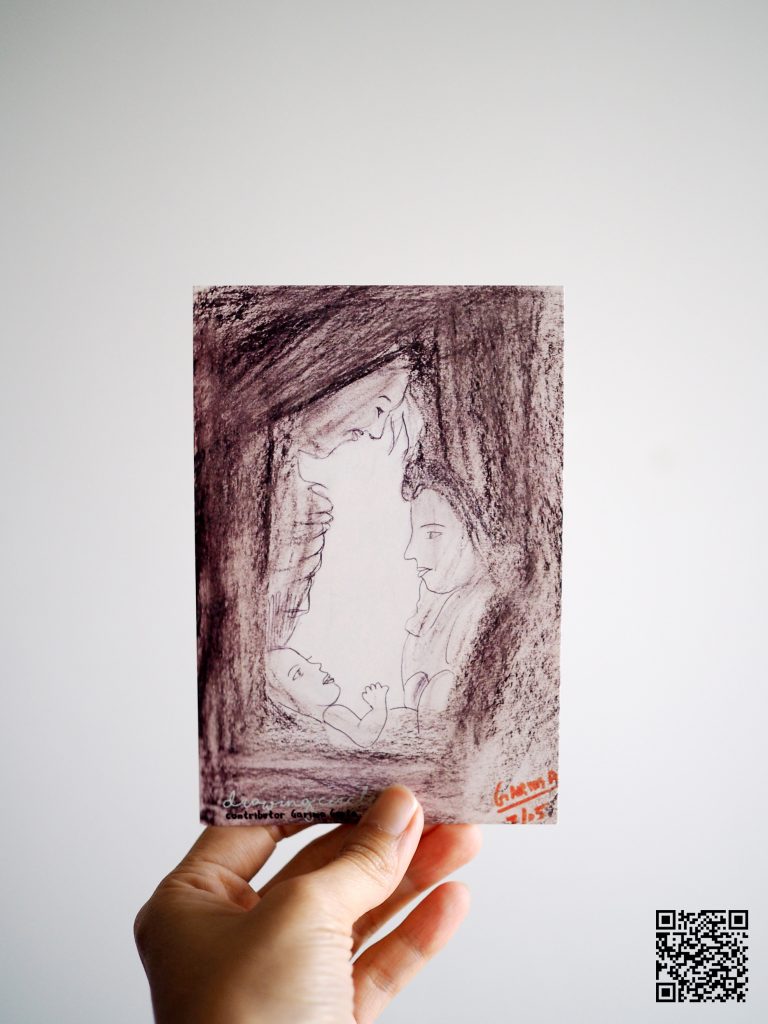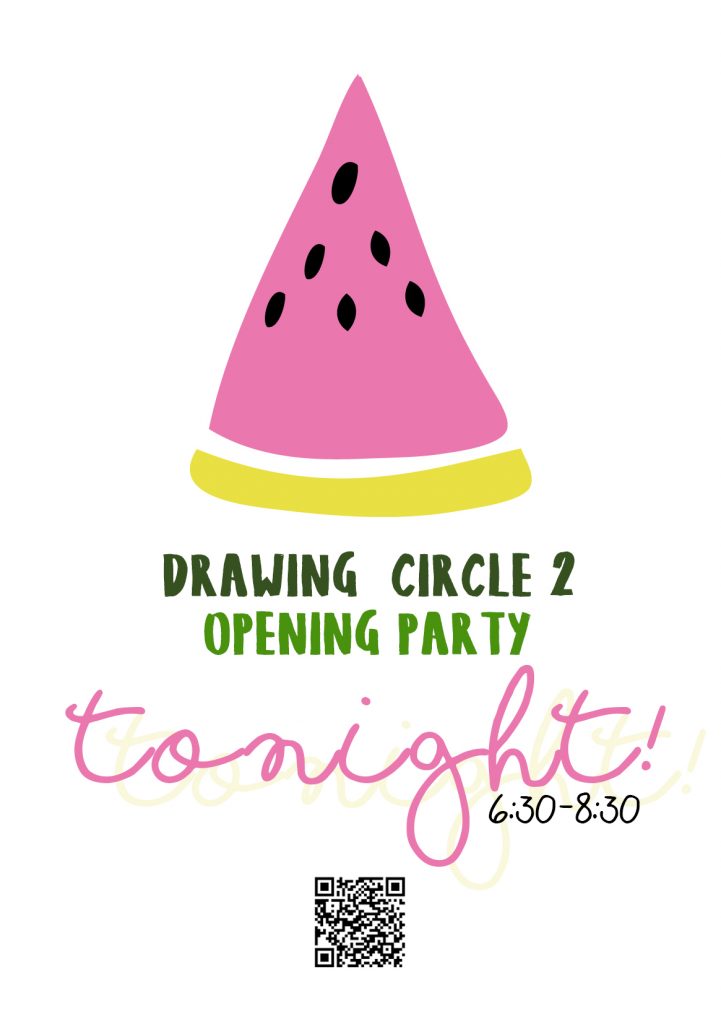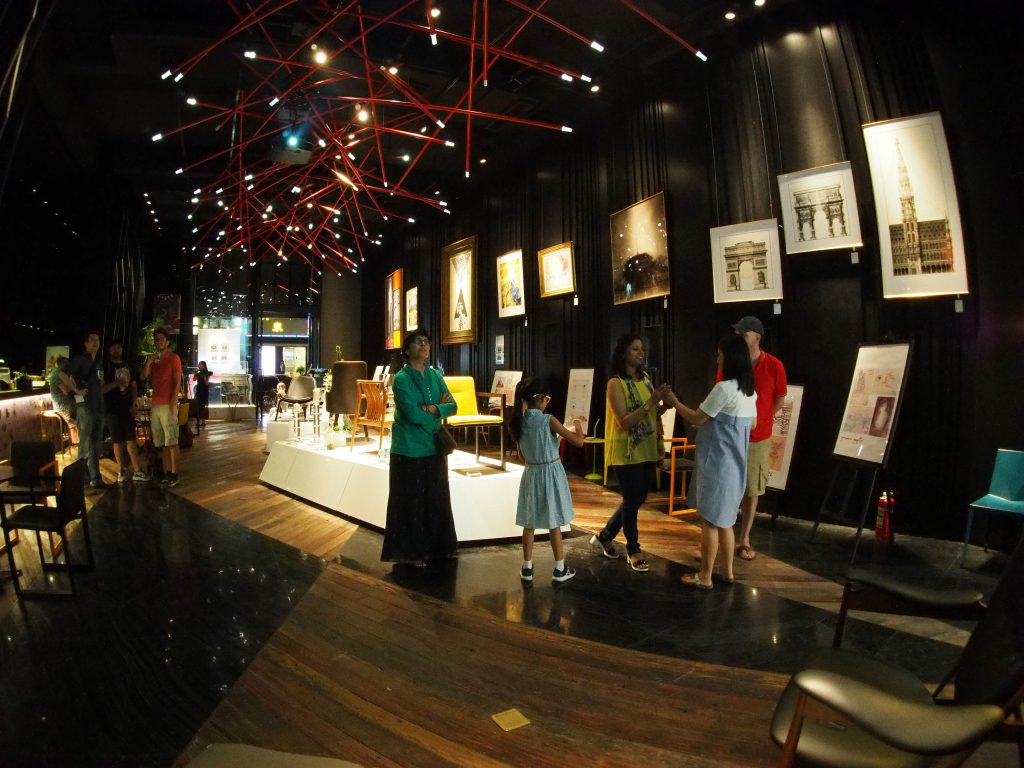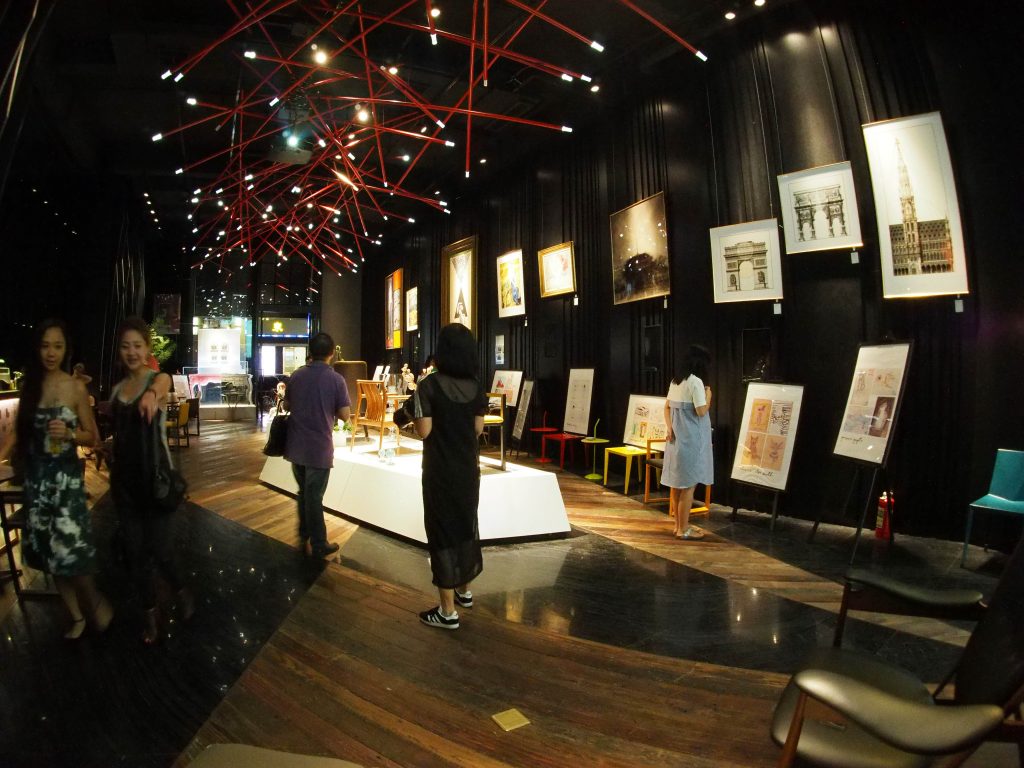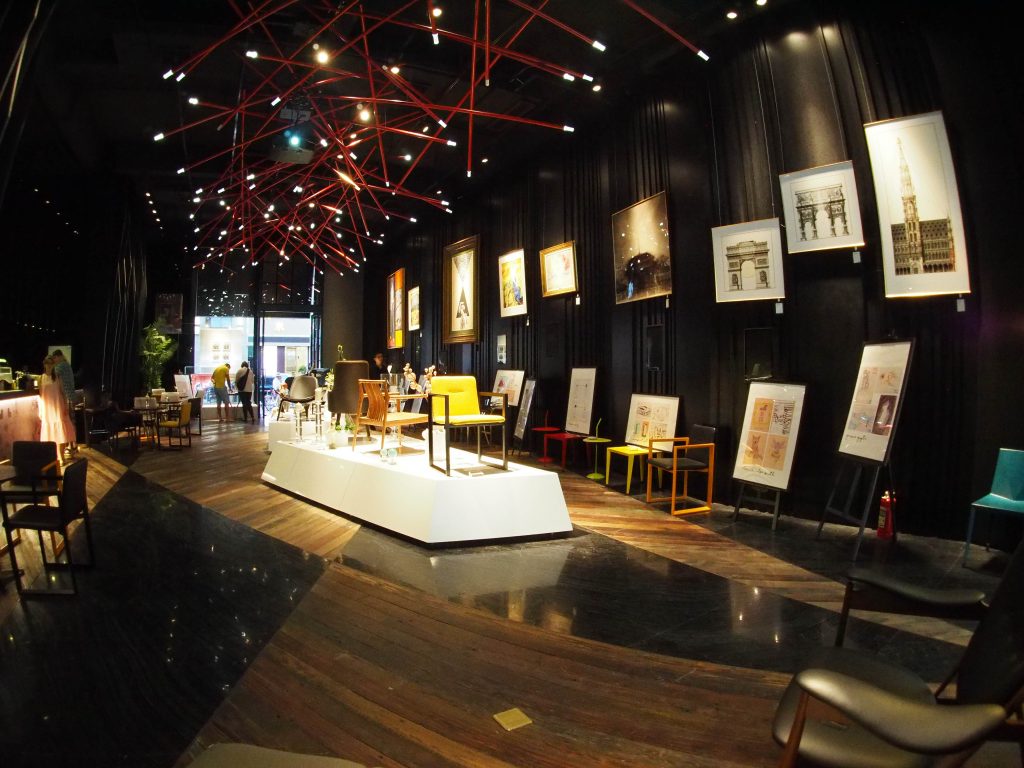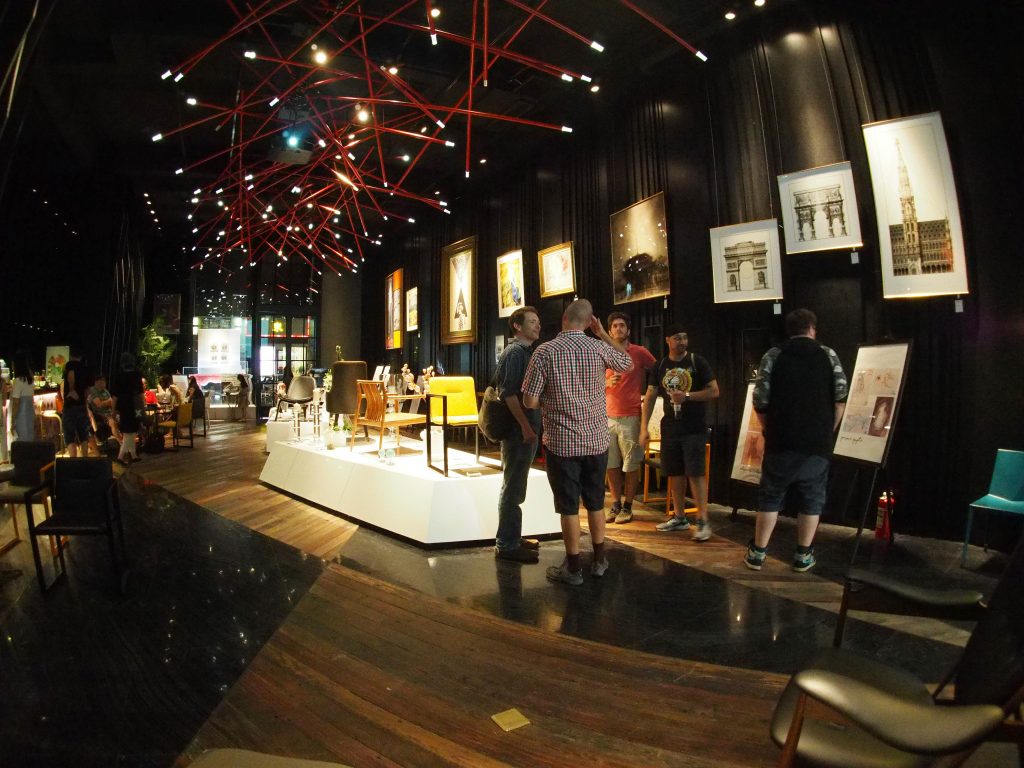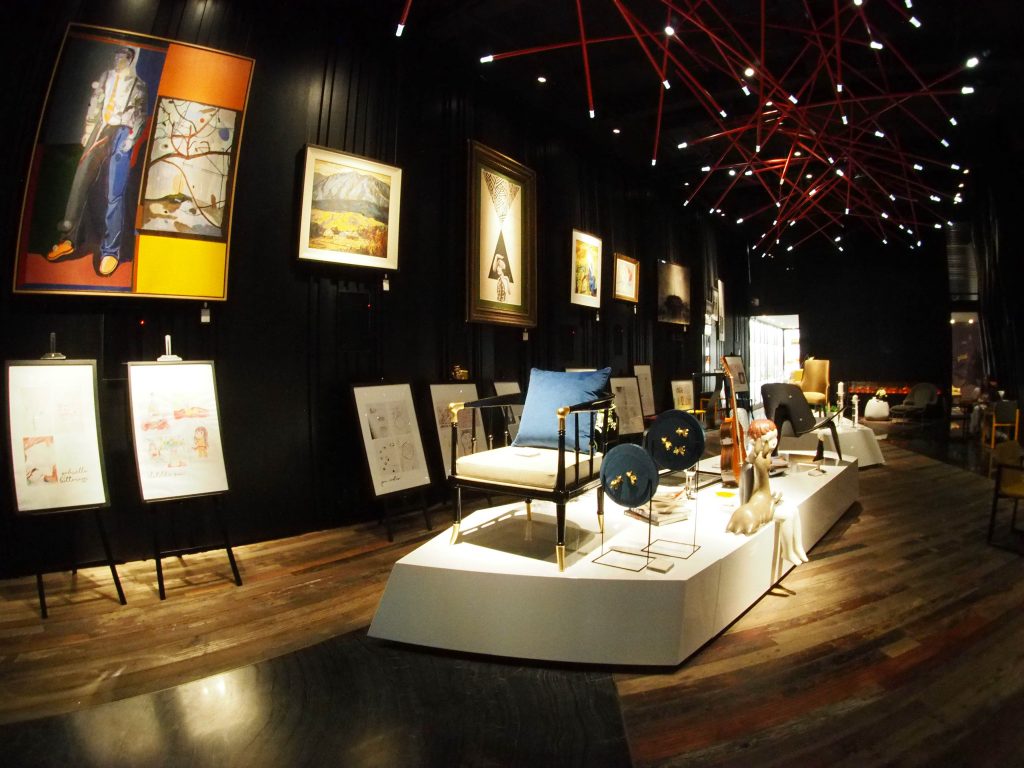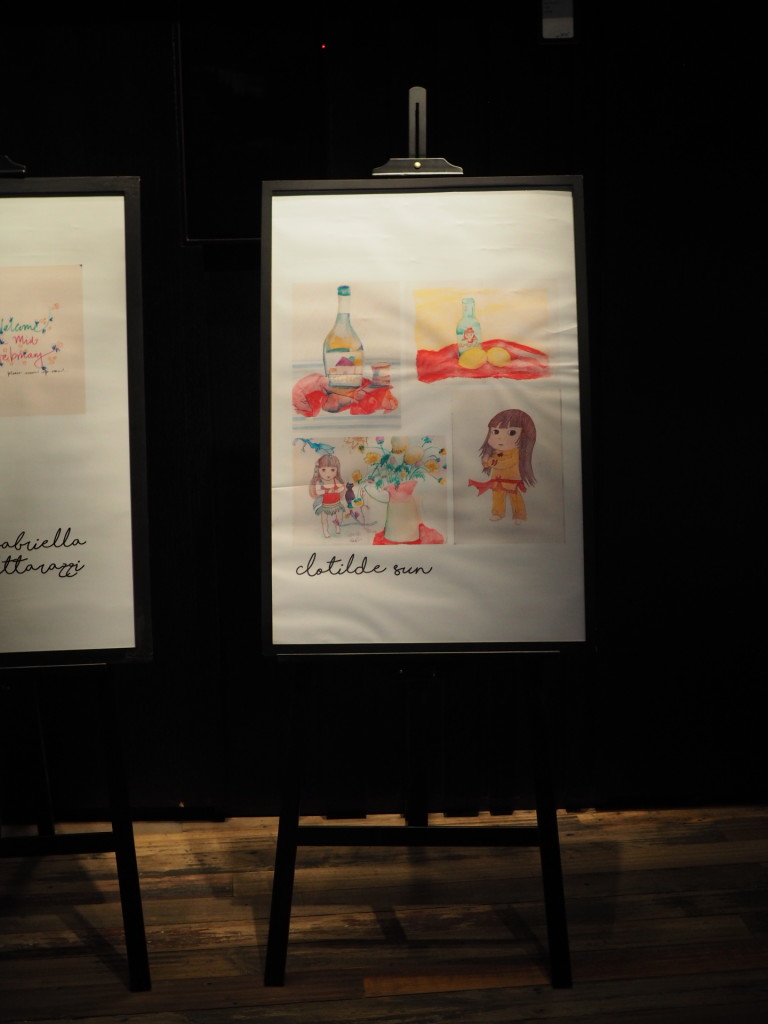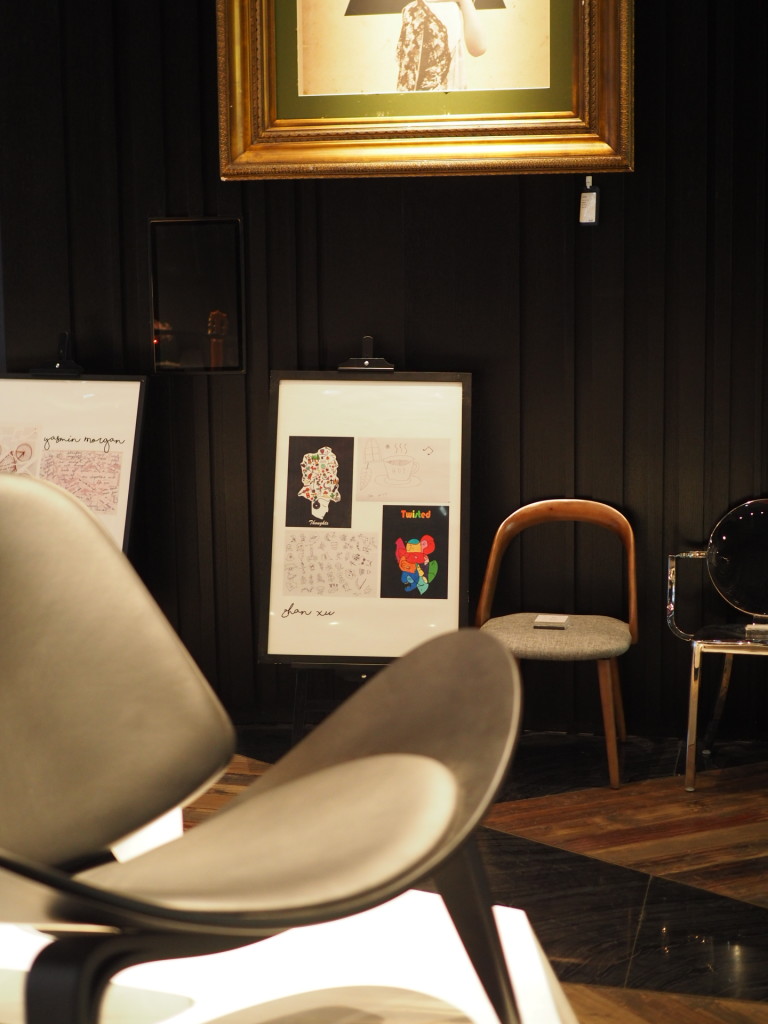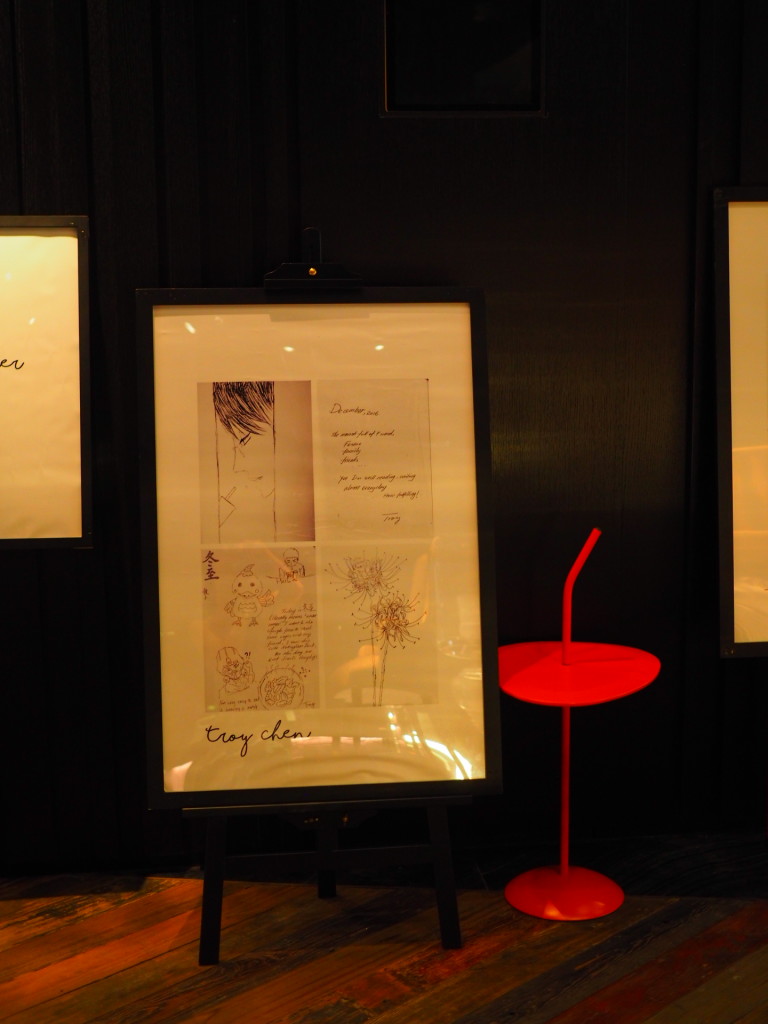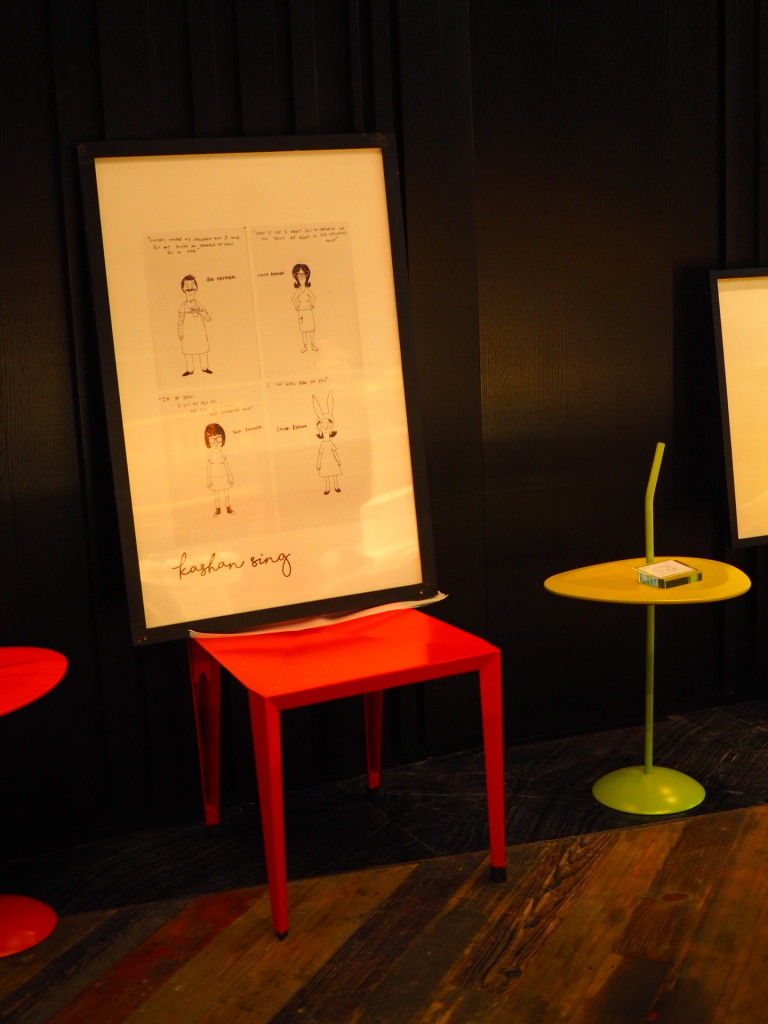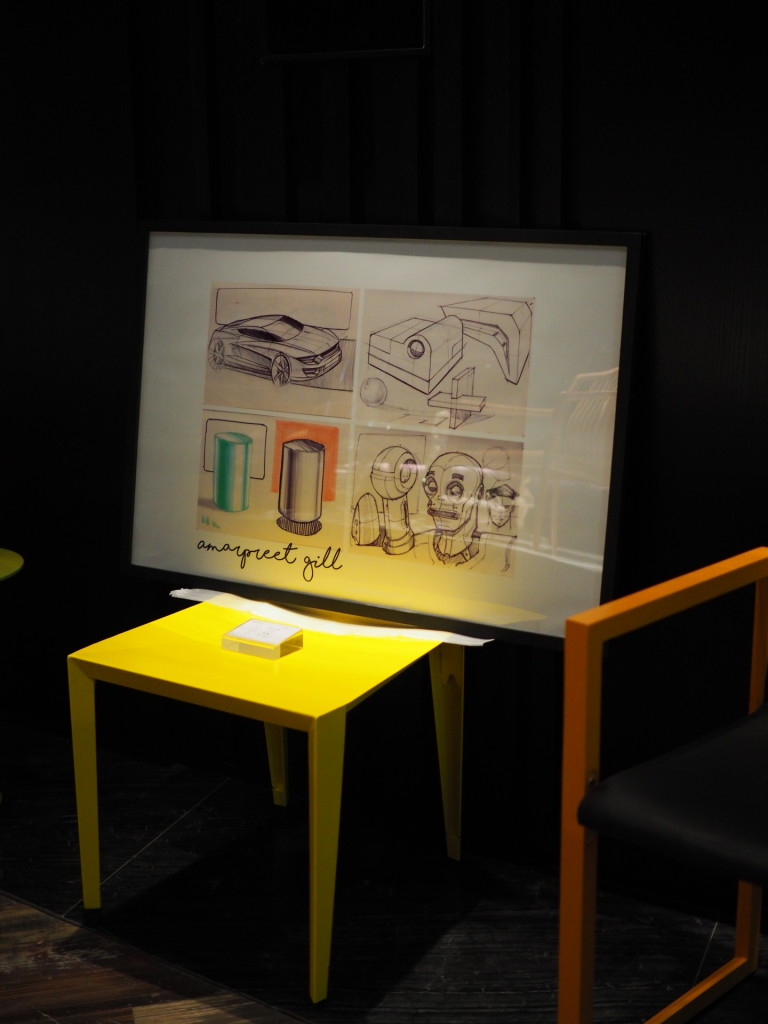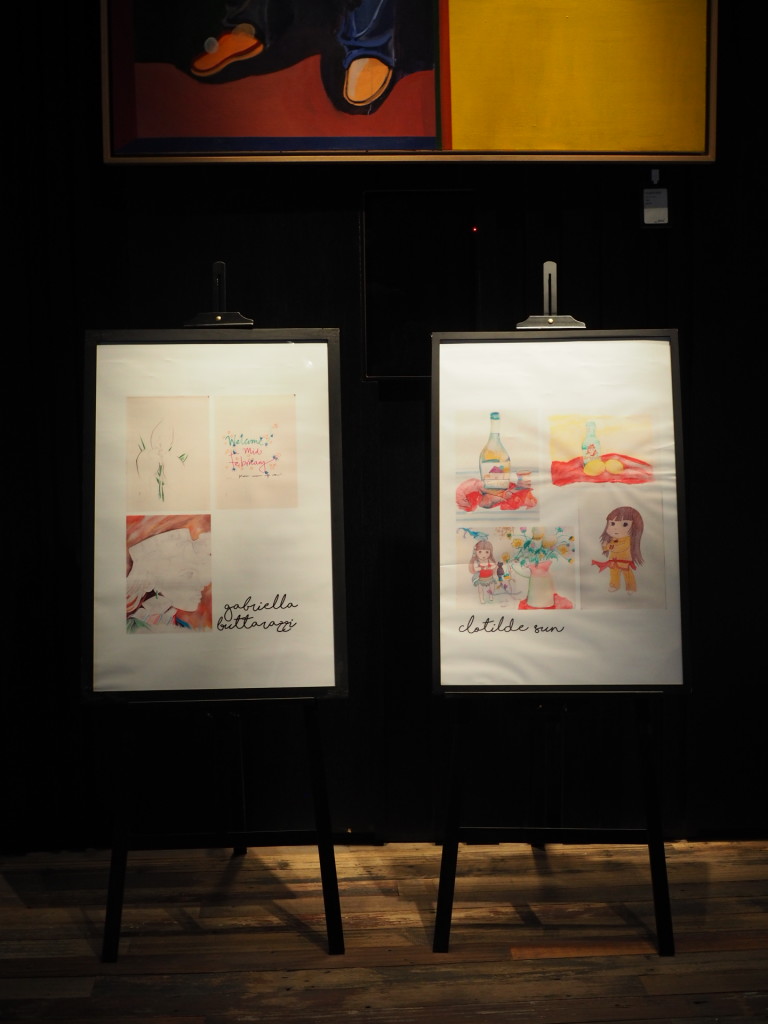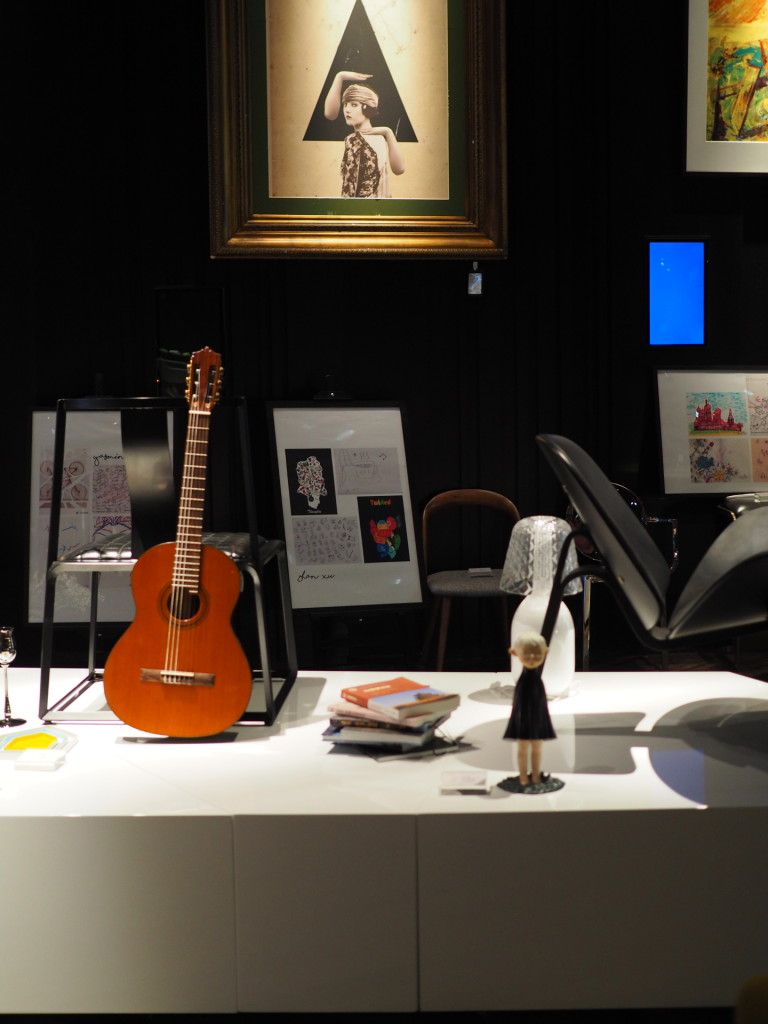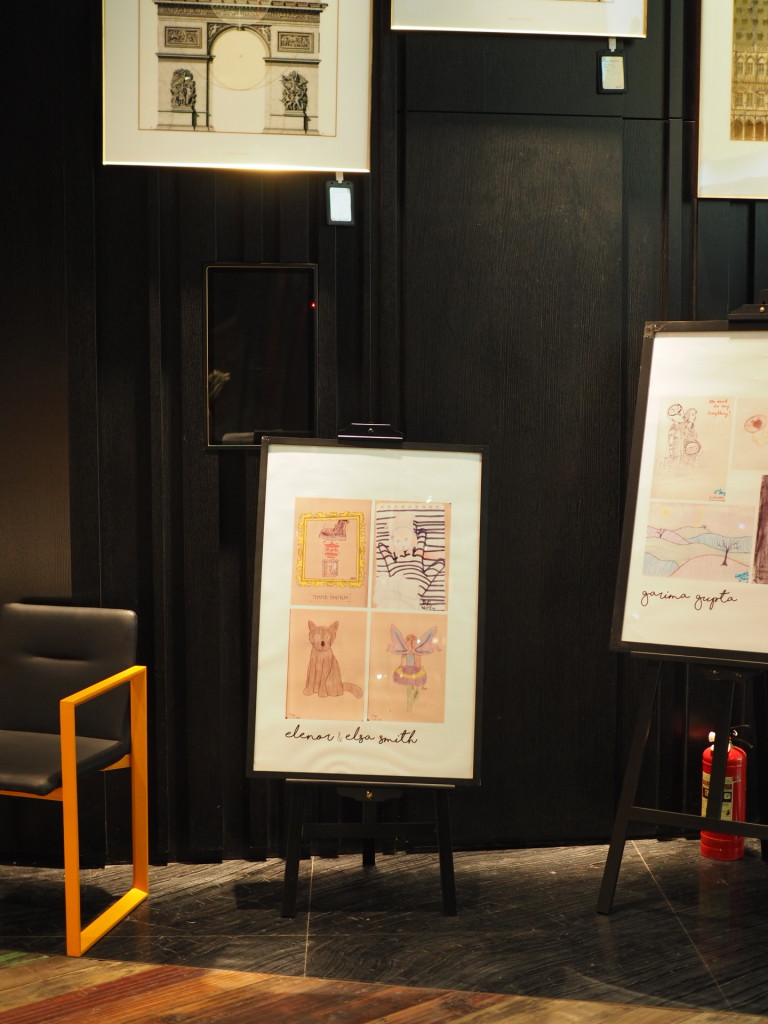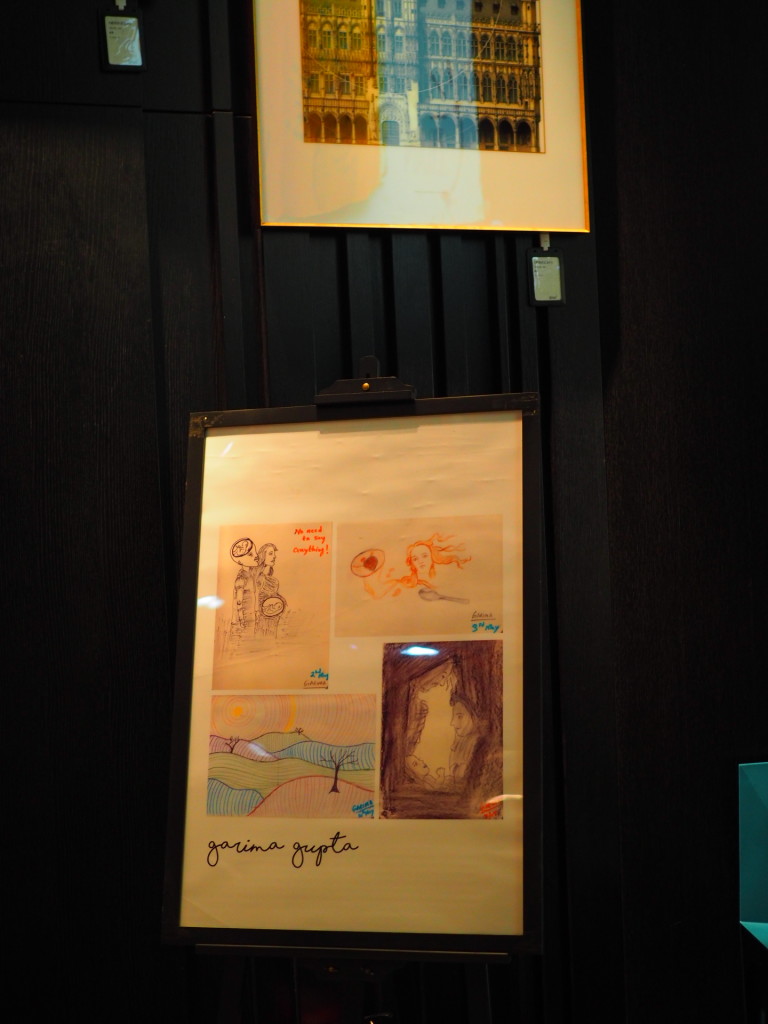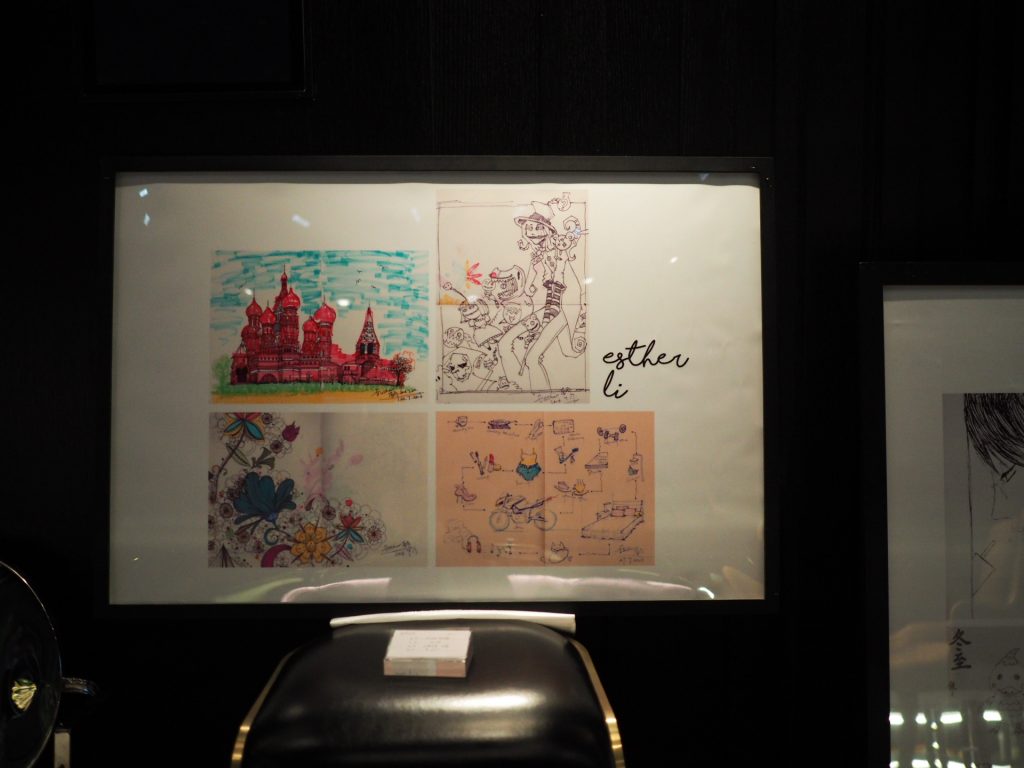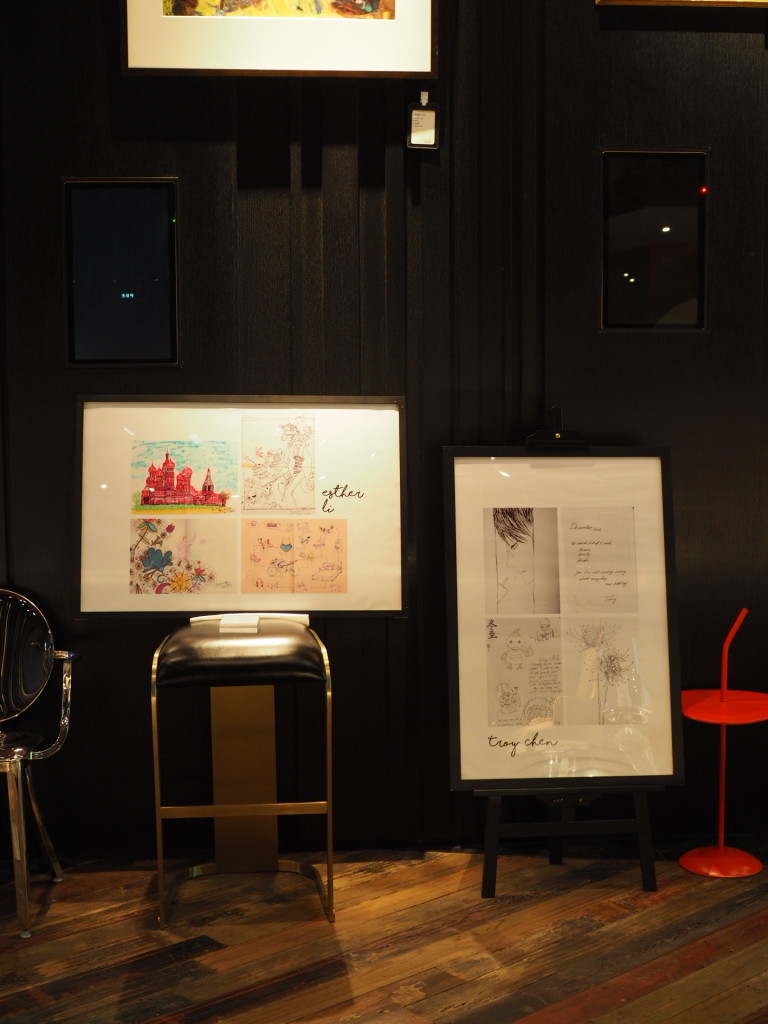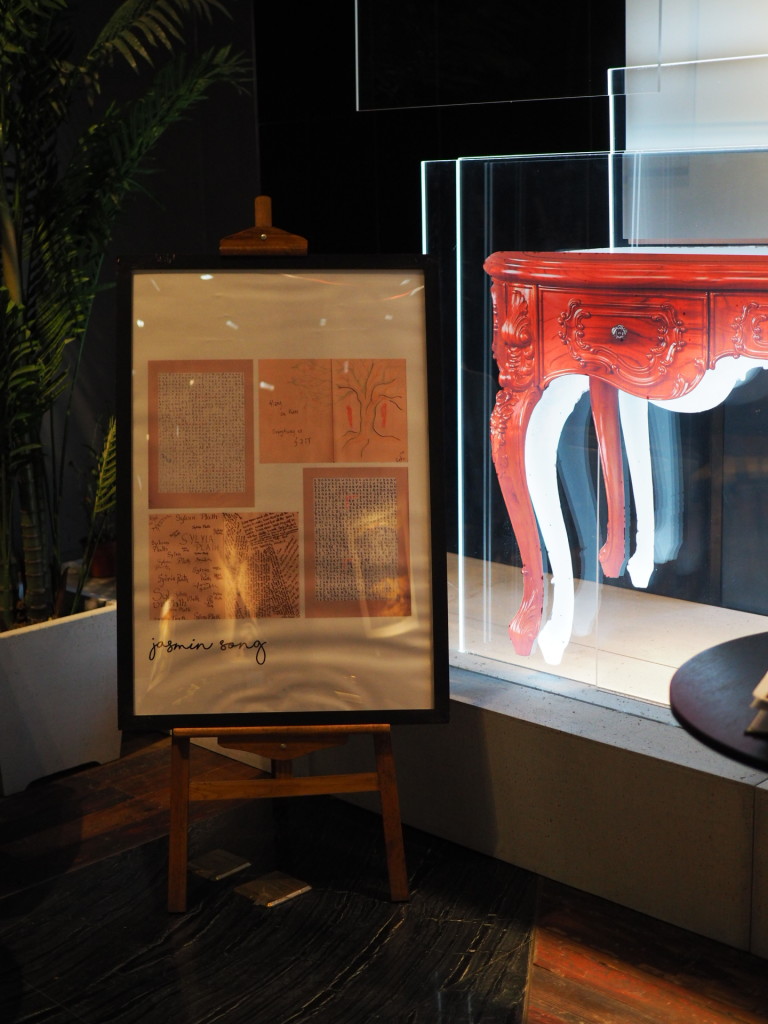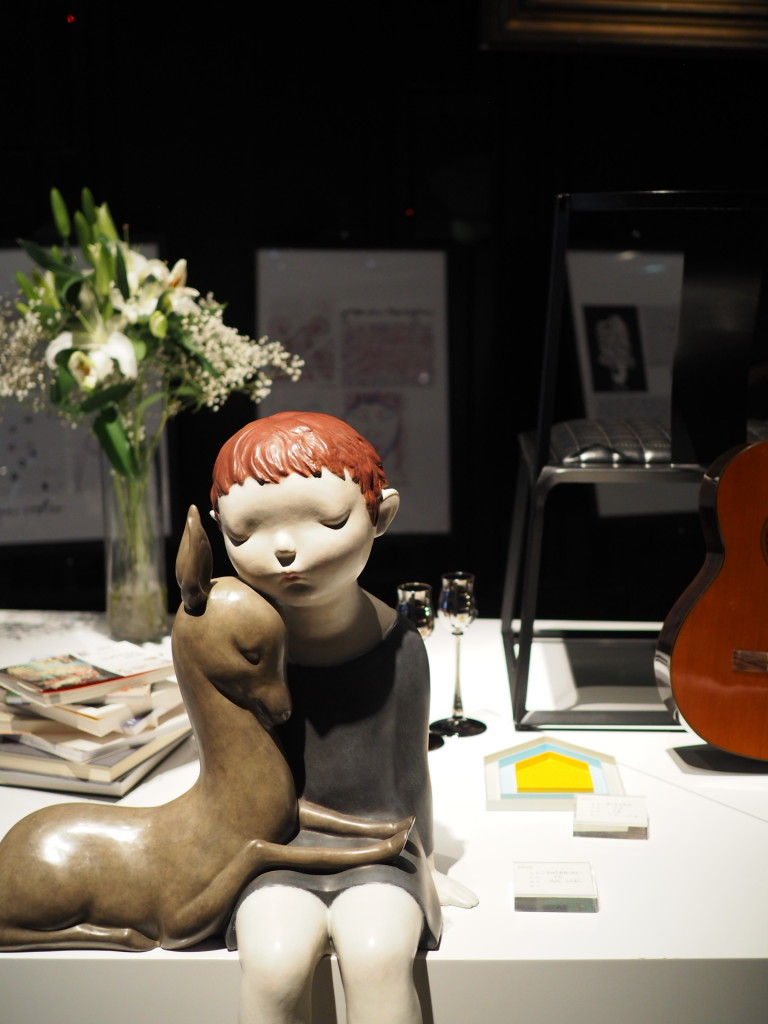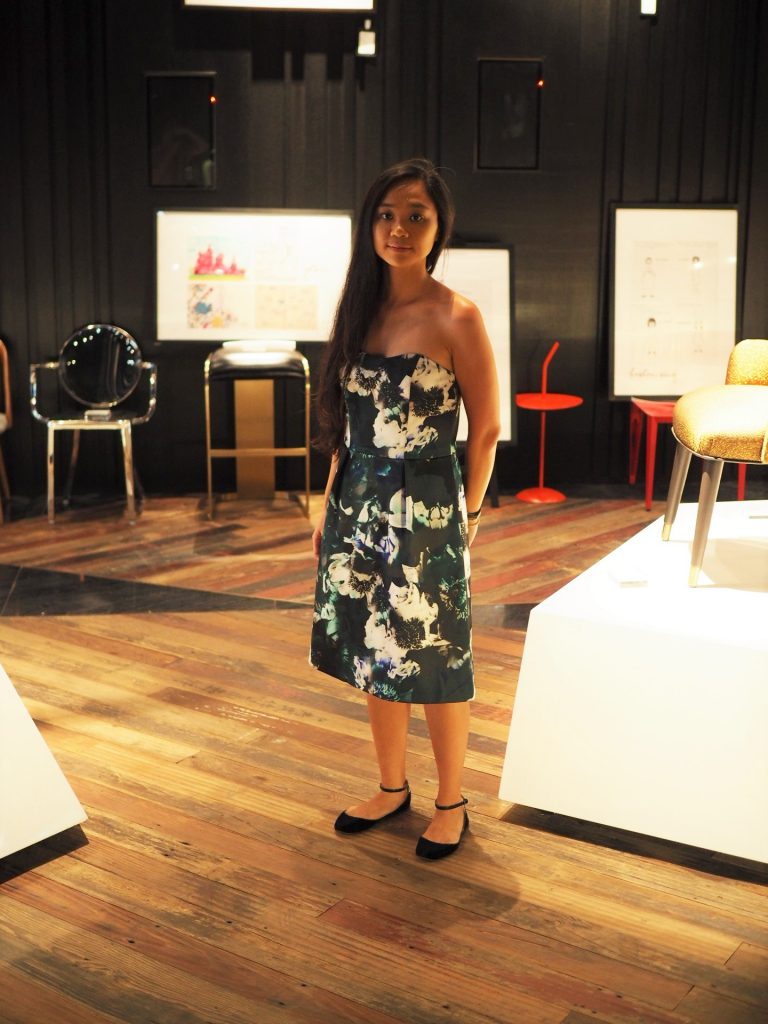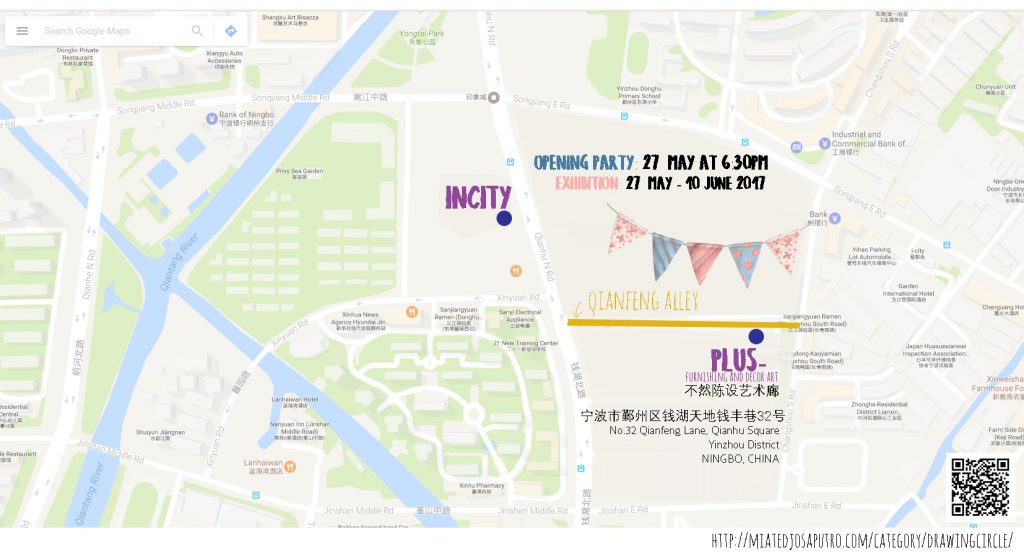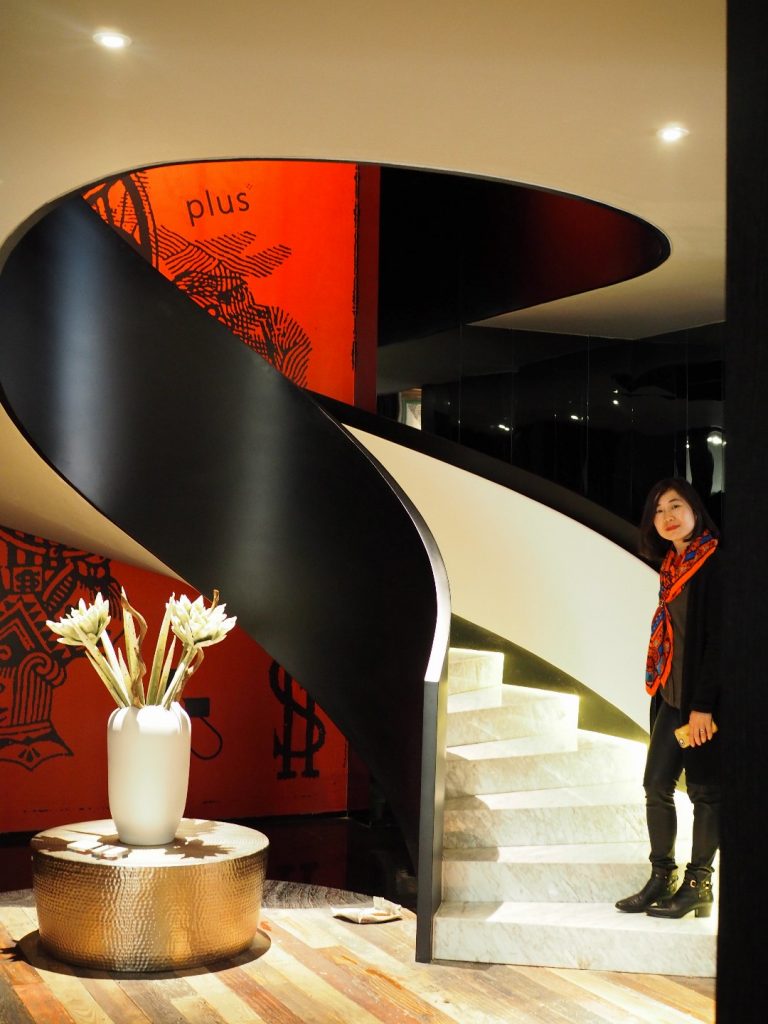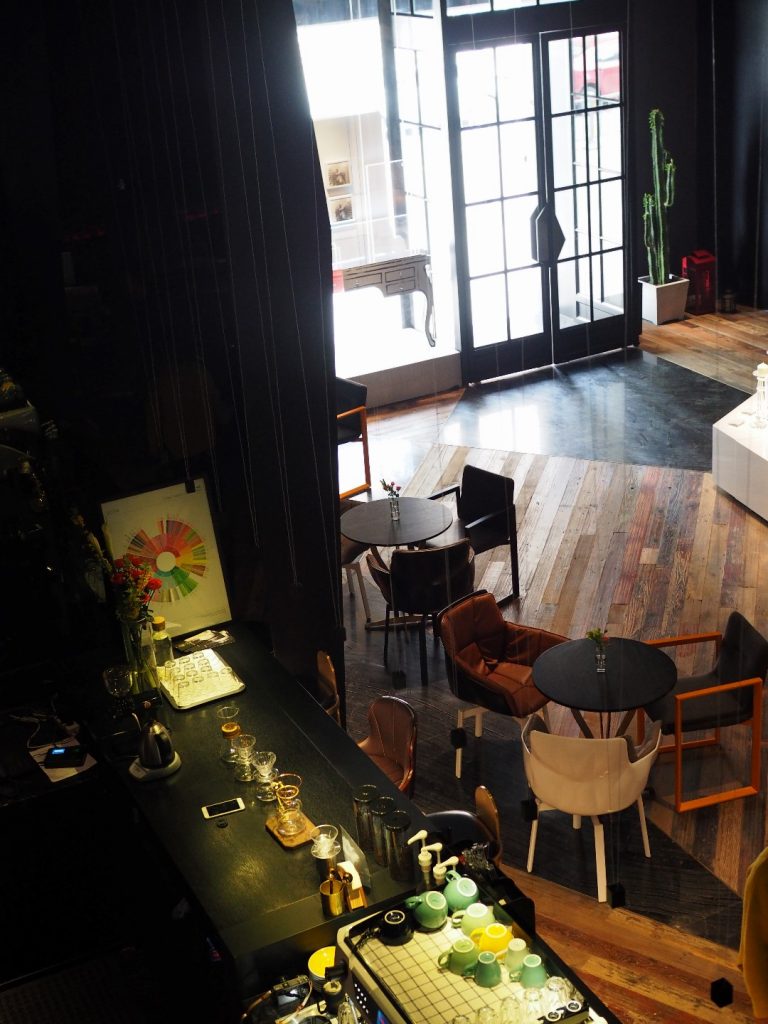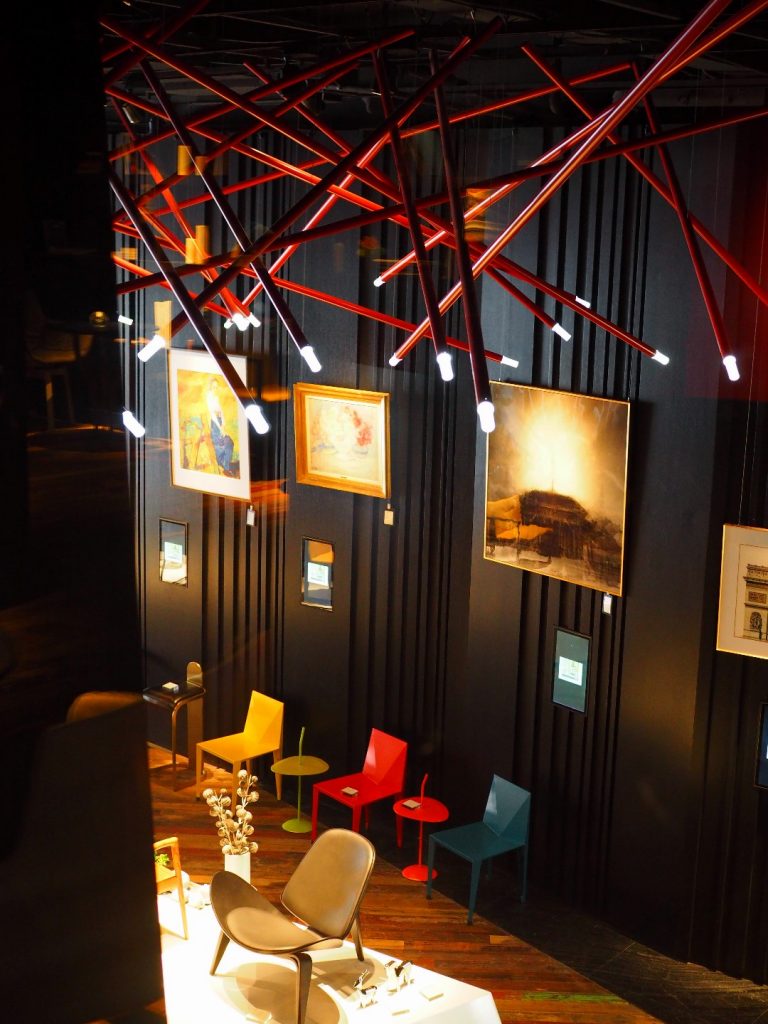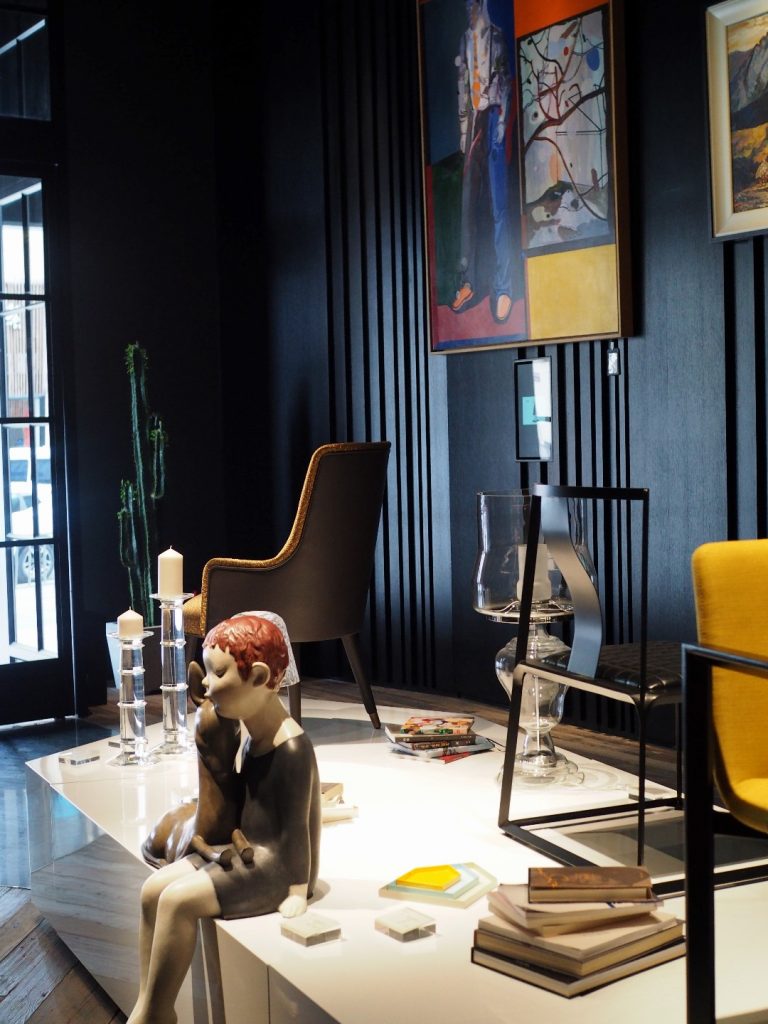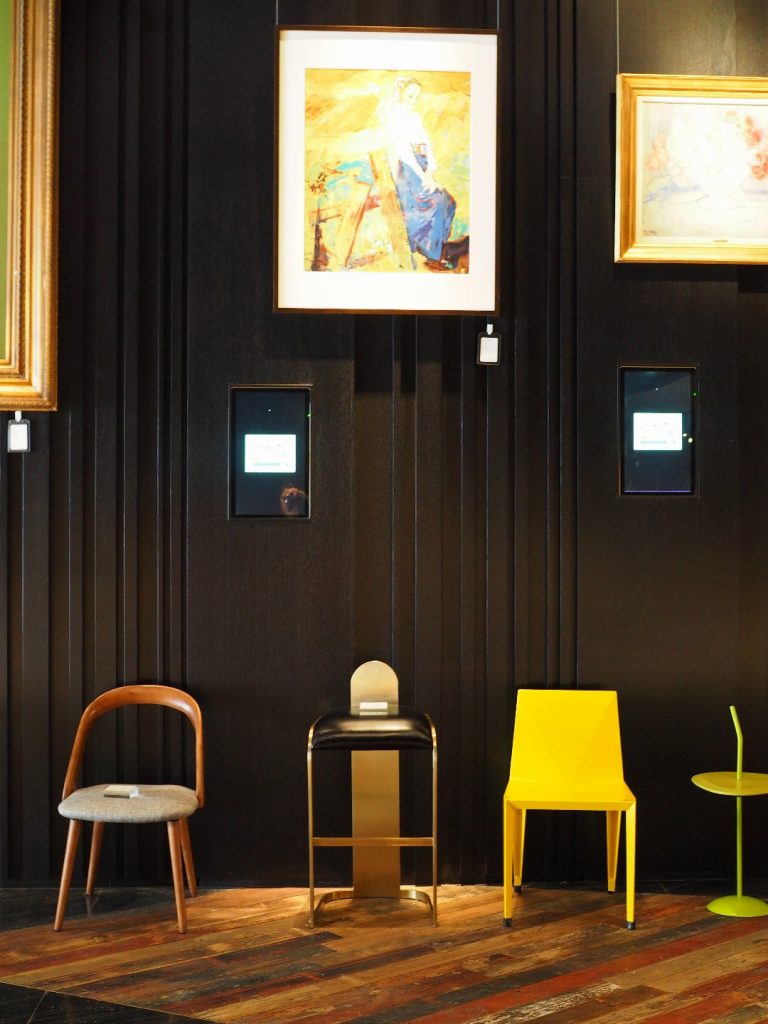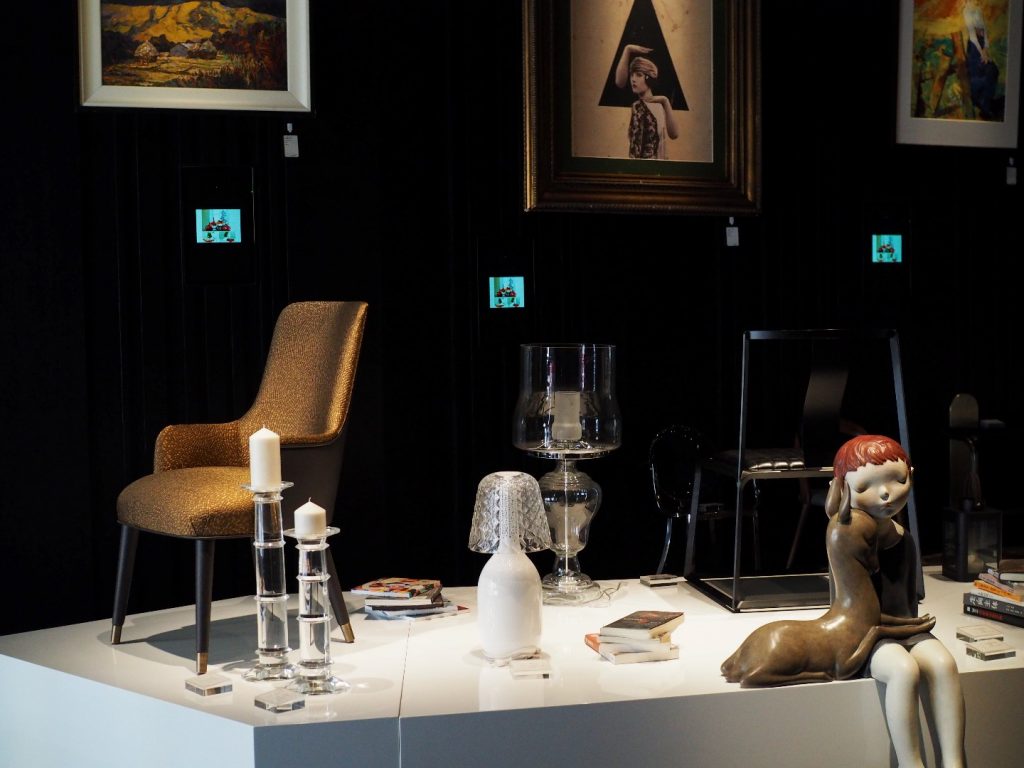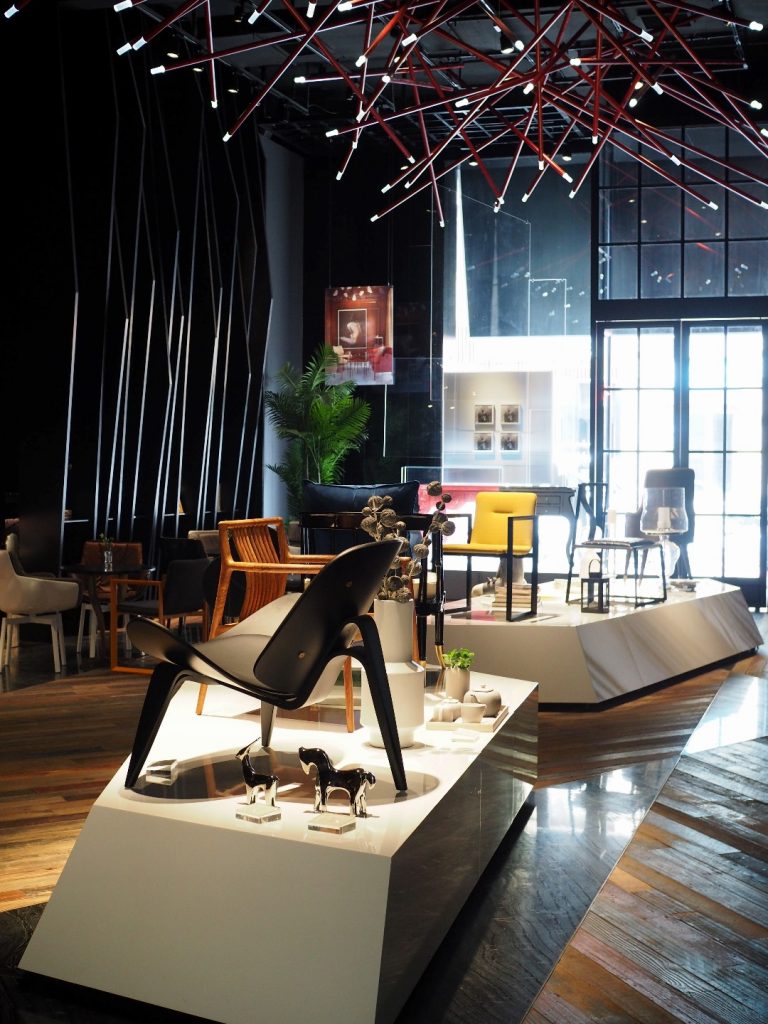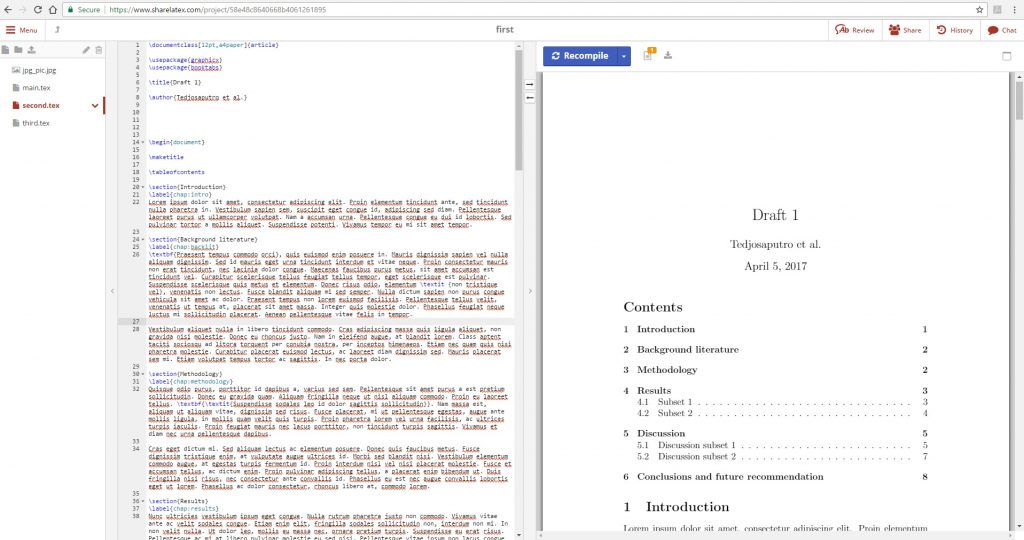A little bit something about myself and our life in Ningbo, China. Ningbo is a home of 7 million people, 2 hours away on high speed train from Shanghai, and only an hour away from Hangzhou. Just a hop skip away. Ningbo is good compromise between urban life and nature, and the campus is our home. Matt and I came nearly 5 years ago to the University of Nottingham ( in its China campus. The university has 3 campuses in the UK, China and Malaysia). After 8 months I decided to pursue a PhD degree, and that is me for the time being :) Ningbo Foreign Ladies Group (NFLG) provides a great support system, thank you Ayleen from NFLG for giving me the opportunity. And also Ningbo Focus.
an article in The Design Journal (2017)
Interplay of Sketches and Mental Imagery in the Design Ideation Stage of Novice Designers.
Tedjosaputro, M. A., Shih, Y.-T., Niblock, C. & Pradel, P. (2017). Interplay of Sketches and Mental Imagery in the Design Ideation Stage of Novice Designers. The Design Journal, 1-25.
Link to article:Â Â http://dx.doi.org/10.1080/14606925.2018.1395655
Life Cycle 7 Endurance Ride 2017
It is that time of the year again, Life Cycle time. The 4 days endurance ride covering up to 540km in Zhejiang province. We will be riding next week, from October 3rd to 6th. A much bigger riding team (18 cyclists) and a logistics team. Stay tuned for updates.
In the meanwhile, here is a glimpse of the endurance ride last year (LC6).
Upcoming on drawing circle: a short documentary
Our local TV station (NBTV- Ningbo TV) has plans to make a short documentary about the drawing circle project, this month. I am excited and stay tuned for a sneak peek!
Drawing circle is part of Brew Drawing Circle and head over the blog for the two years project. Bfn.
Drawing Circle 2 Mini Exhibition and the Opening Party
It was a wrap. This is the end of second year of the drawing circle, and I am happy to say that am glad I initiated the circle two years ago. Thank you for all sketchers, contributors and special thanks to James Johnson-Perkins for the music. I hope you all had a good time!! Links and some prep posters leading to the event as follow. Check out the time lapse video too, an embedded Youtube video. Â The sketches will be exhibited at the gallery until June 10th, feel free to pop in. Click here for more information about what is the circle all about.
Research seminar: Friday, May 26th
A quick heads up about an upcoming research seminar on a short paper I just submitted. It is part of my methodology exploration of my PhD project, illustrating a possible use of developed JavaScript program of adapted coding schemes. The developed scheme recognises distinctive processes within Cognition, Body and Environment categories. Linkography can be drawn within these categories with degree of flexibility in terms of data presentation. In this paper, a forty-five minute verbal data derived from a sketching session is used to illustrate to possible use of the program. The online program (hosted in Github) is in early stage of development and feedback is very much appreciated.
Date & time:Â 26 May (Friday)Â 2-3pm
Venue: PMB (previously SEB) 409, University of Nottingham Ningbo China
Topic: Cognition beyond Designers’ Thoughts, an Aid to Investigate the Interplay of External and Internal Processes
Note: the first program was developed last year to help to illustrate links between design moves, click here for more information. It is based on Linkography (developed by Gabriela Goldschmit), but in a very basic term. The program generates links’ illustration between moves rather than inferring links manually.
Big thank you to Haozhe Zhang.
Drawing Circle 2 Exhibition- Venue
Map to the exhibition venue (an alley opposite Incity- Yinzhou district):
“Visual brain spew in a collective sketchbook!” is what the Drawing Circle in a nutshell.
SAVE THE DATE: 27 May 2017 at 6:30-8:30pm for the opening party. It is open to public and free admission, drinks can be purchase on the spot. Meet the sketchers (first and second year) and like minded people. The event is supported by Plus- furnishing and decor art and myself as the curator. All artworks courtesy (and made by) 12+1 sketchers who shared the same sketchbook for the last year.
The 12 sketchers are: Clotilde Sun, Yasmin Morgan, Esther Li, Jasmin Song, Zhan Xu, Elenor Smith & Elsa Smith, Kashan Sing, Troy Chen, Jon Castro, Gabriella Buttarazzi, Amarpreet Gill and Garima Gupta.
About the exhibition:Â This mini exhibition is fruit of the collective and collaborative effort of 13 sketchers (the loving sisters Elenor and Elsa shared the book) over a one year period. The drawing circle idea is: 12 sketchers, sharing the same sketchbook, with each sketcher keeping the book for a month. Afterwards, the book was passed to the next person until the end of the year.
Link to the Drawing Circle page  click here
Link to an introduction of the second year in Ningbo Guide June 2016Â click here
A glimpse of the exhibition venue click here.
Link to previous event last year, the Ningbo Local Drawing Circle 1 mini exhibition (photography and video) click here
When the Drawing Circle was started in March 2015. It was adopted from Brew Drawing Circles. click here.
The second year’s sketchbook video (YouTube):
Bye for now and hope to see you there. Mia.
Drawing Circle 2 Mini Exhibition- Sneak Preview
The second year of Ningbo Local Drawing Circle is coming to an end soon. Similarly with last year, we will be exhibiting the work which has been produced by 12 sketchers + 1 montage work as an introduction to the second year. The plan is before the summer break starts, the opening party will be on May 27th. An exclusive sneak preview of the gallery/design company/cafe; Plus- furnishing decoration and art; is here. This is going to be the end of the local drawing circle journey for me, hopefully we will see you there! Similarly, there will be an opening party and it will be opened for public. Stay tuned for more details of the event.
Click here for what is Drawing Circle year 1 and year 2 all about.
Note: Last year’s opening party coverage and timelapse can be found here.
LaTeX or Scrivener
Have been using Scrivener for more than two weeks as a writing software, and I have to say it is a sturdy way of writing. A regular word processing software is commonly regarded as not the most optimum environment to write big chunks of writing. Also yesterday I had a chance to attend a LaTeX training on campus, delivered by our colleagues. So I have tried both LaTeX and Scrivener. They are cross compatible, you can combine both strategies. Lots of online reviews about both software, but here are my take on them.
The question remains however, which one I prefer to use for my PhD theses? I am still a big fan of Scrivener. The idea of each sub-section is a new page document, “write now and format later” strategy, flexibility to move around the sub-sections, no more scrolling up and down through hundreds of pages of writing, its cork board view, and the document notes which facilitates my haphazard thoughts are paramount to my workflow. Scrivener is (as advertised), a writing software. Of course it is no an impeccable software. I found problems with referencing system, as the integration is not as smooth as in MS Word.
University of Nottingham uses Harvard system, and there are two ways to produce in-text citations: (Author, year) if the citation is located at the end of a sentence, or Author (year) if the citation is in the middle of a sentence. The first format was not difficult, what we need to do is copy and paste the reference from EndNote to Scrivener. It will appear like this: {Rosenfelder, 2011 #1453} . How about the latter? From Scrivener forum , I received help within a few hour of posting a thread. {Rosenfelder, 2011 #1453@@author-year} is an example if we want to use Author (year) format.
Now that the minor citation problem was sorted, I began to explore more. Biggest negative review about Scrivener is its compatibility. Unless my supervisors have Scrivener too, I still need to do “compile” and do the final touch up (creating the reference list, list of contents; for instance) in Ms Word. I tried, and it worked fine. I need to account for these extra time in the future, but for Scrinever has to offer as a writing software; I am happy to proceed. Also, Scrivener does not do well with images and tables, and they still need to be adjusted in other program. What I have been doing is to import my tables as images instead of keeping the format.
Is Scrivener superior compare to LaTeX? I don’t think so. They are different, and it depends on which one you prefer really. Despite the complicated look of LaTeX, I was impressed that it is not as difficult as it looks. LaTeX is a markup language and it is a coding based program, in contrast with MS Word which is an interface based software. It is excellent for typesetting equations and formula, and is also potent in terms of handling large documents. From my personal viewpoints, I prefer working in a less wordy environment (jittery brain!). I am a truly graphic person, and having codes intertwined with my writing will confuse me. For a long piece of writing such as my theses, it will not work. For shorter ones such as papers or resume, I think I can manage. Good knowledge to obtain for future publications as it is used widely in scientific world, and I thank Chuang Gao and Liming for the training.
Figure 1. My first LaTex trial.
Theses management tool
My final PhD theses is a project, it is definitely the biggest written project I will produce (approximately 100k words). Before I started writing, I had a quick look on what can possibly go wrong with such a lengthy document, as a precaution. For instance, the regular word processing software starts to be unreliable when it hits 50k words. Another thing is how to sustain my writing focus. I am a mixed non-digital and digital person, but a graphic person for sure due to my design background. Every new idea starts with a clean white paper and pen, either sketches or merely scribbles. Then I move to Photoshop or digitalise my doodles. Also a big fan of programs or apps which can boost my effectiveness. One day it hit me that I struggle to retain haphazard thoughts about my theses. One minute I had a new idea I want to put in Introduction, the next minute I thought about a graphic I want to have to summarise my research methodology session; for instance. I made my notebook as systematic as possible, but I hit my limit. I want my important year to be documented too. So I decided to have layers of documenting ideas. From my notebook which is basically a brain spew with colourful markers, then I will filter it to Trello (task-based, filtering information from my notebook) and Scrivener when I start writing a sub-section. See this thread, my take on Scrivener and LaTeX.
So I am trying a brilliant (and free for simple use) mobile app called Trello, to document my workflow. Not just the theses itself, but also some bits and bobs around my PhD project. The idea is that my supervisors can see my updates at any given time, without me sending updates. Drafts of theses chapters or any other writings can also be viewed and downloaded by four of us. Also it gives me a platform to organise and mature my thoughts.
The second screenshot below provides a glimpse of my current Trello page. It is on my Drafts of theses chapter board. in Trello, I uploaded a screenshot of my Scrivener’s corkboard layout and binder . It gives a glance of what I am writing in this chapter.  So, I have a numerous concern about this particular chapter, including what I have written in the past 3 years and what I found through my pre-pilot and pilot studies. The research methods were amended throughout the course of three years, and in Trello I can jot down quick reminders about the chapter, including checklists of sub-sections. I can edit this anytime if I have new ideas. From this, I will bring my reminders and elaborate more in Scrivener by listing them down in designated Document Notes. A somewhat different workflow in comparison with using a regular word processing software.
Trello is a magnificent online collaborative tool, plenty of good reviews out there. We can set a deadline, apply labels in different boards and add in members. And I think for individual use, it is a great way to freeze ideas and manage them. I am sharing my page with my three supervisors, and hopefully we can make a good use of it. Of course nobody has the same workflow, whatever floats your boat really. If you’d like to try yourself, make your way to Trello.com .The only downside is that the free account covers up to 10MB only (which is not much), so big files still need to be saved in a Cloud space somewhere.
